

We may earn revenue from the products available on this page and participate in affiliate programs. Learn More ›
Myth #1: A Category 1 hurricane is no big deal.
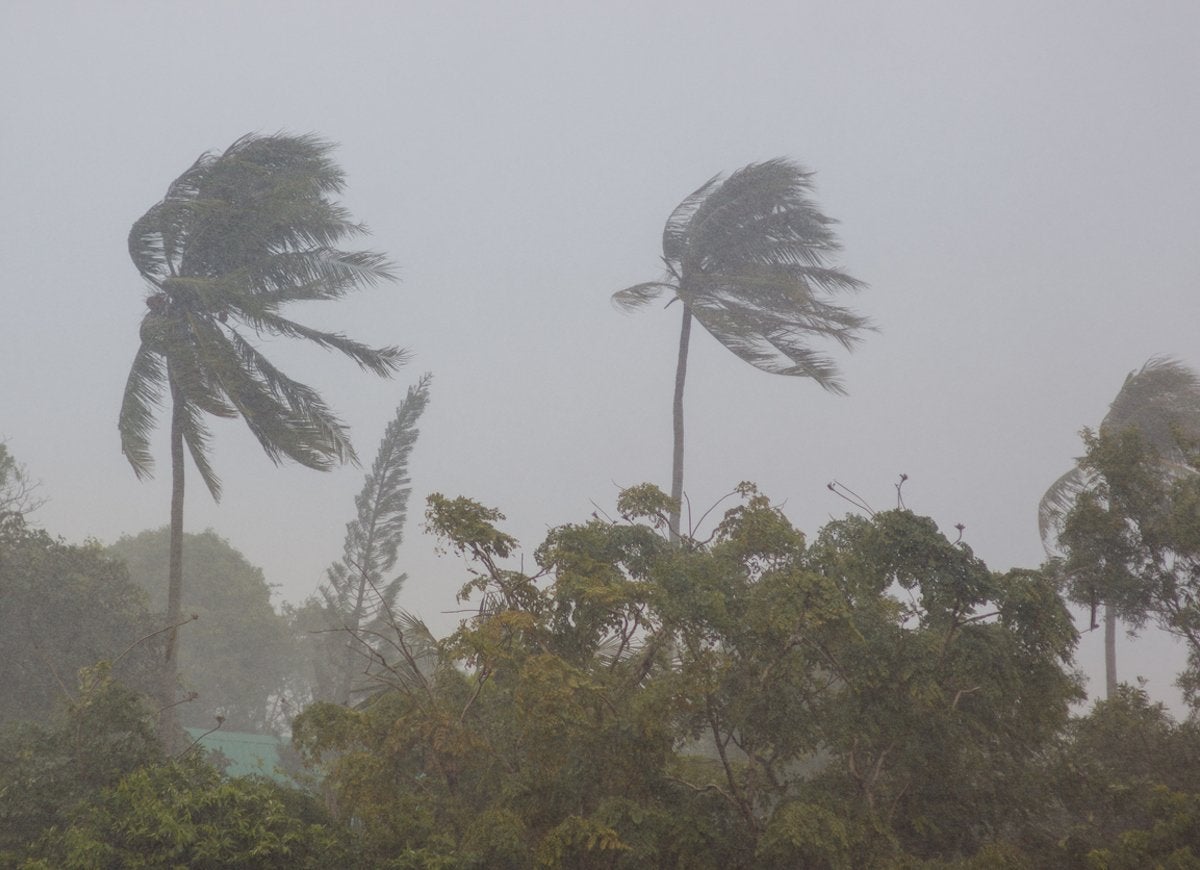
Once a tropical storm reaches hurricane level, it is further categorized by wind speed using the Saffir-Simpson Hurricane Wind Scale. The scale has five levels, from Category 1 storms with sustained wind speeds of 74 to 95 miles per hour up to Category 5 hurricanes that really pack a wallop, with sustained winds of 157+ miles per hour that can level all wood-framed buildings in the storm’s direct path, uproot or snap all the trees, and leave the area uninhabitable for weeks.
Although higher category storms cause greater devastation, a Category 1 storm is nothing to sneeze at. When subjected to winds of 74 miles per hour, even solidly built homes tend to sustain damage to roofs and siding. Damage to trees is common, and you can expect the power to be out for several days.
Myth #2: High winds are the most dangerous aspect of a hurricane.
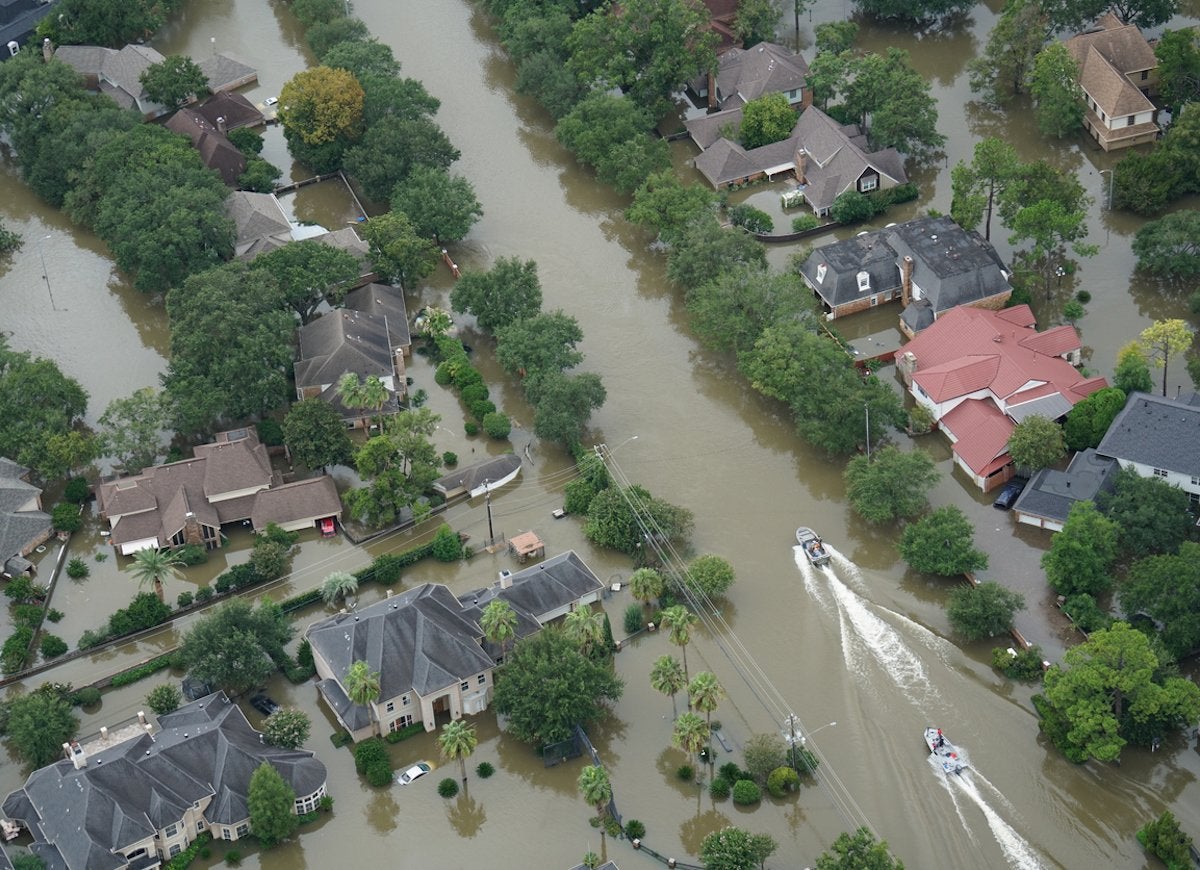
While wind speeds of up to 157+ miles per hour are certainly dangerous, it’s not the wind that causes the most deaths in a tropical cyclone. It’s actually flooding from heavy rainfall and storm surge that poses the biggest risk to life.
Storm surge is the flooding caused by high winds pushing ocean water inland. In the United States, this often devastating flooding is responsible for nearly half of hurricane fatalities, while flooding and accidents caused by heavy rainfall account for another 25 percent, according to National Geographic.
Myth #3: Hurricanes affect only the coastline.
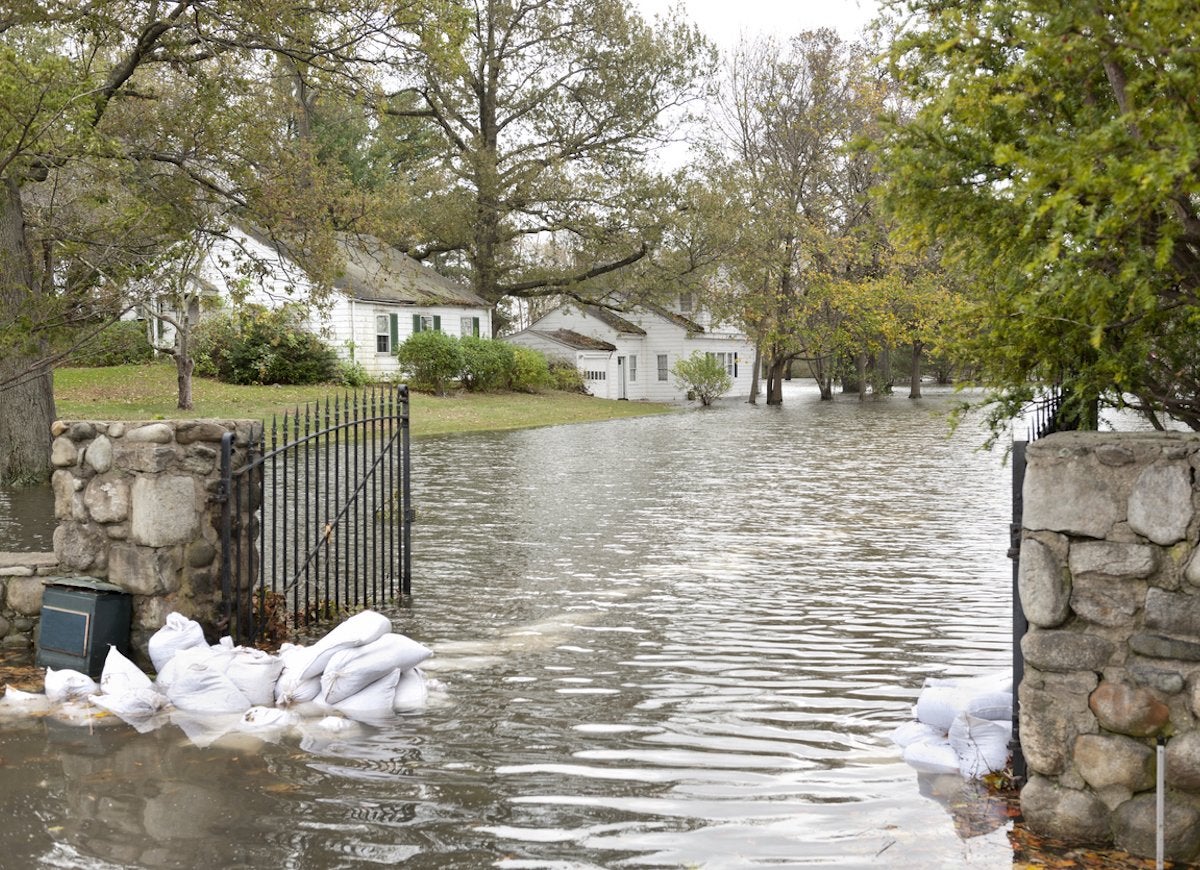
Although the most punishing hurricane damage happens along the coast, that doesn’t mean that those farther inland are out of danger. According to Hurricanes: Science & Society, storm-surge flooding can reach inland well beyond 10 miles, and heavy hurricane rainfall often leads to inland river flooding far from the shoreline.
Myth #4: Hurricanes are a problem only for states along the Gulf Coast.
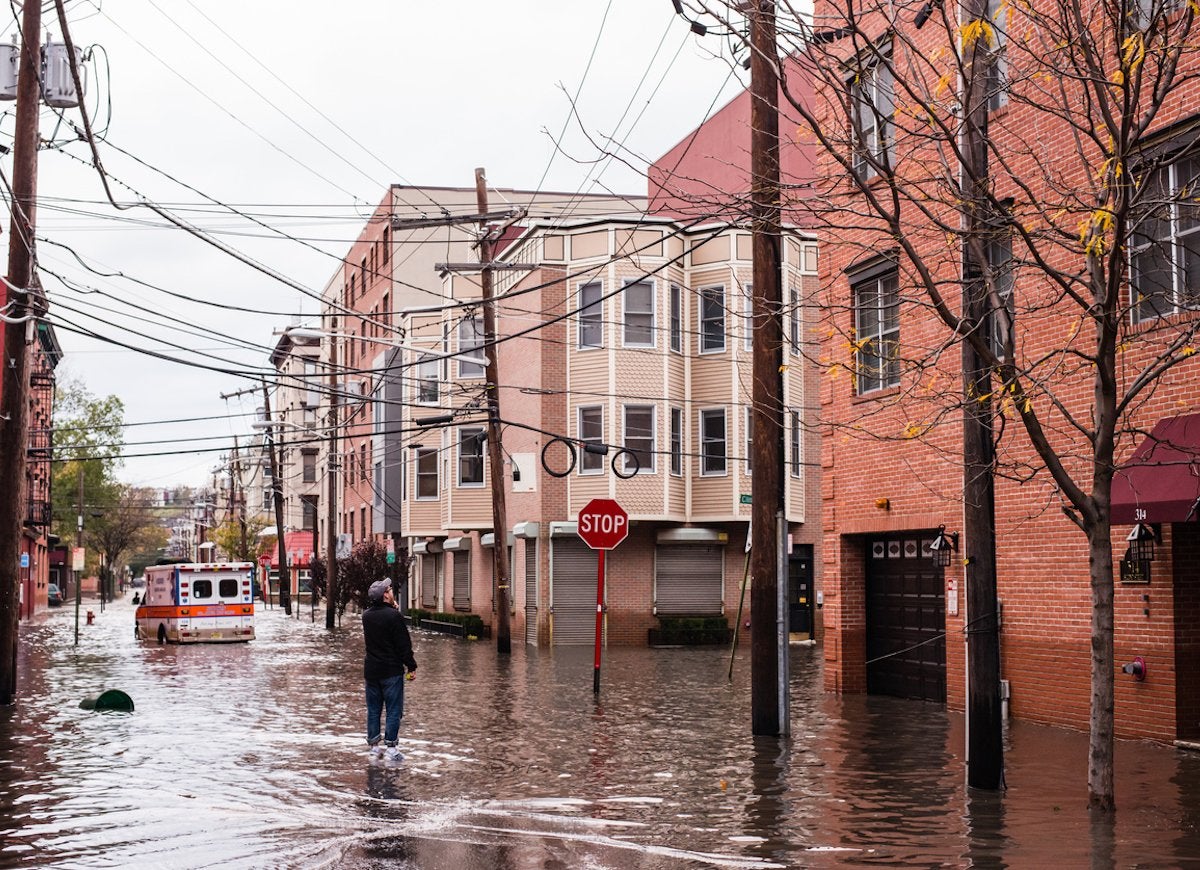
While Florida has the dubious honor of being the state with the greatest number of direct hurricane and tropical storm strikes—229 since 1851, according to Weather.com—it’s certainly not the only state with a hurricane problem. North Carolina, in second place, has been struck by hurricanes 118 times, and 112 hurricanes have affected Texas. But although hurricanes strike the Gulf Coast and Southeastern states most often, a total of 34 states have been hit at least once by a hurricane or tropical storm. Even inland Kansas and Illinois each have one hurricane strike in recorded weather history, as does California, which, despite its extensive coastline, isn’t normally hit by tropical cyclones. The waters of the northern Pacific Ocean are simply too cold to stir up a tropical storm.
Myth #5: Hurricanes happen only in the fall.
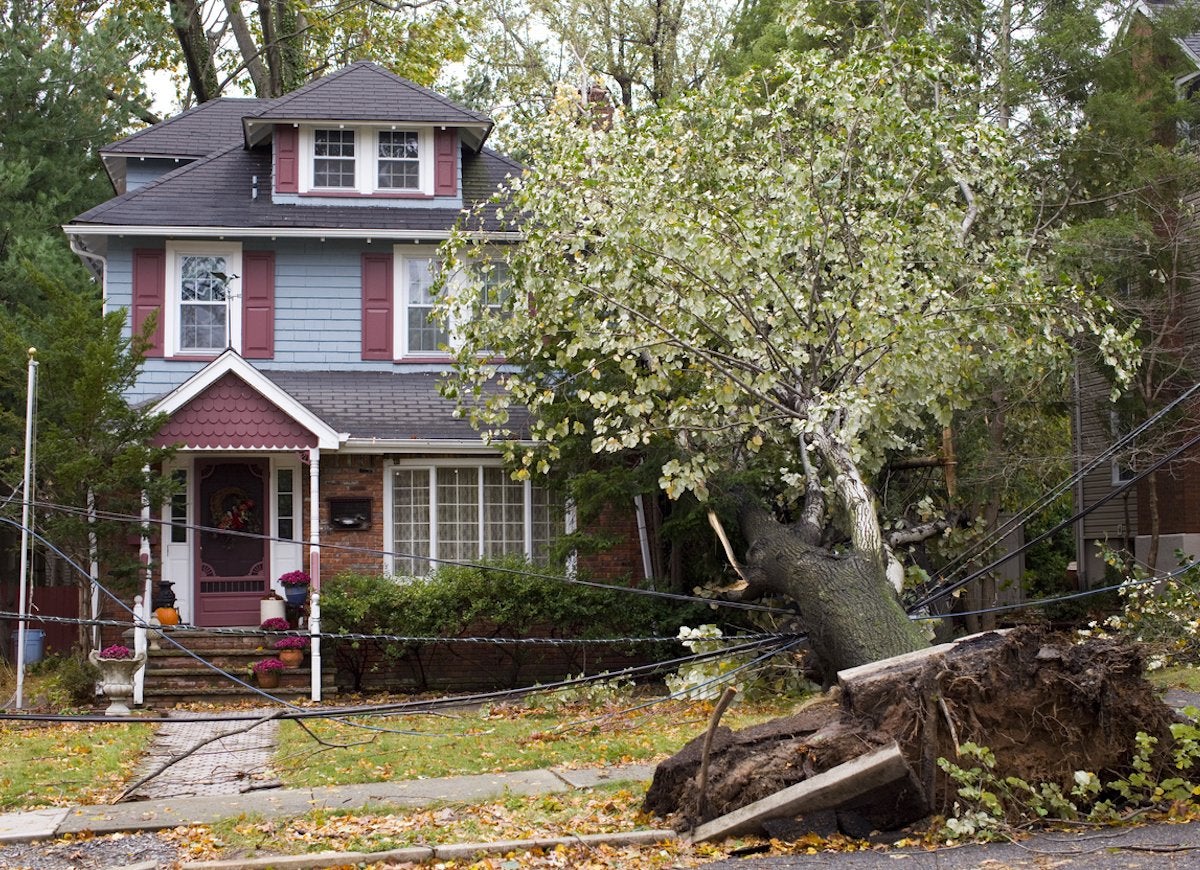
While the peak of the Atlantic hurricane season is late August through September, the official hurricane season, according to AccuWeather, runs from June 1 until November 30. Still, that doesn’t mean off-season hurricanes have never happened. A review of official weather records going back to 1851 reveals that there has been at least one named tropical storm or hurricane in every month of the year.
Myth #6: Taping an X on your windows will keep them from breaking.
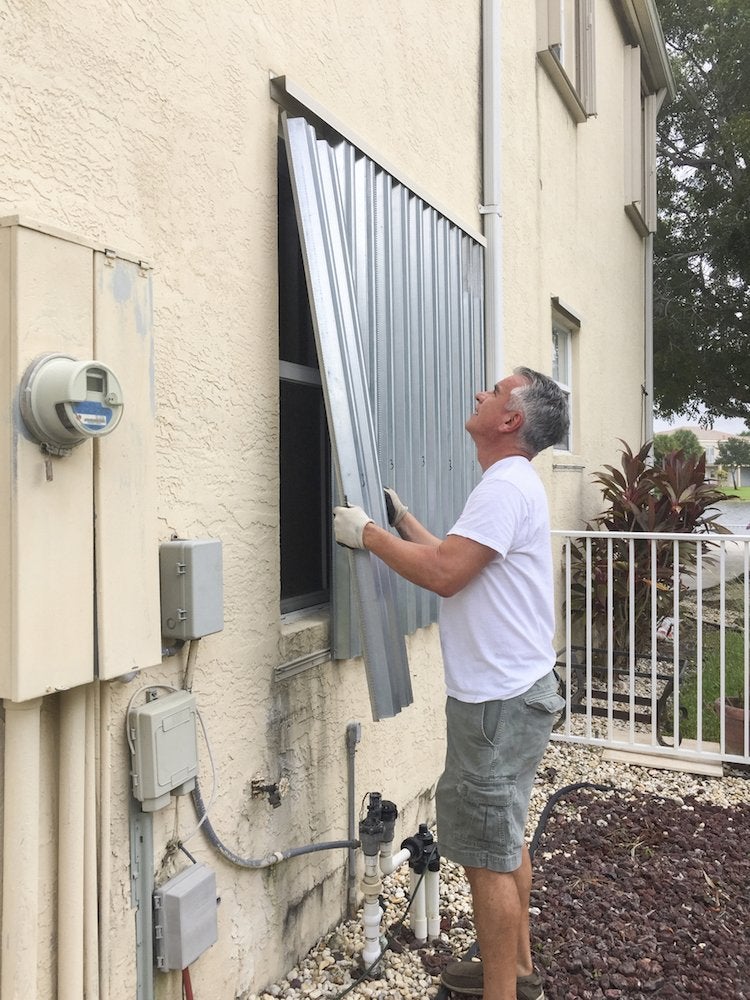
It’s a common sight in movies and in real life, but in reality, taping a big X over your windows won’t prevent them from breaking during a hurricane, nor will it keep flying debris from blasting through the glass and into your home. According to the National Oceanic & Atmospheric Administration (NOAA), what does help is installing storm shutters over windows and glass doors. In a pinch, you can ward off damage by nailing temporary plywood boards over the glass.
Myth #7: Opening the doors will stabilize air pressure inside the house.
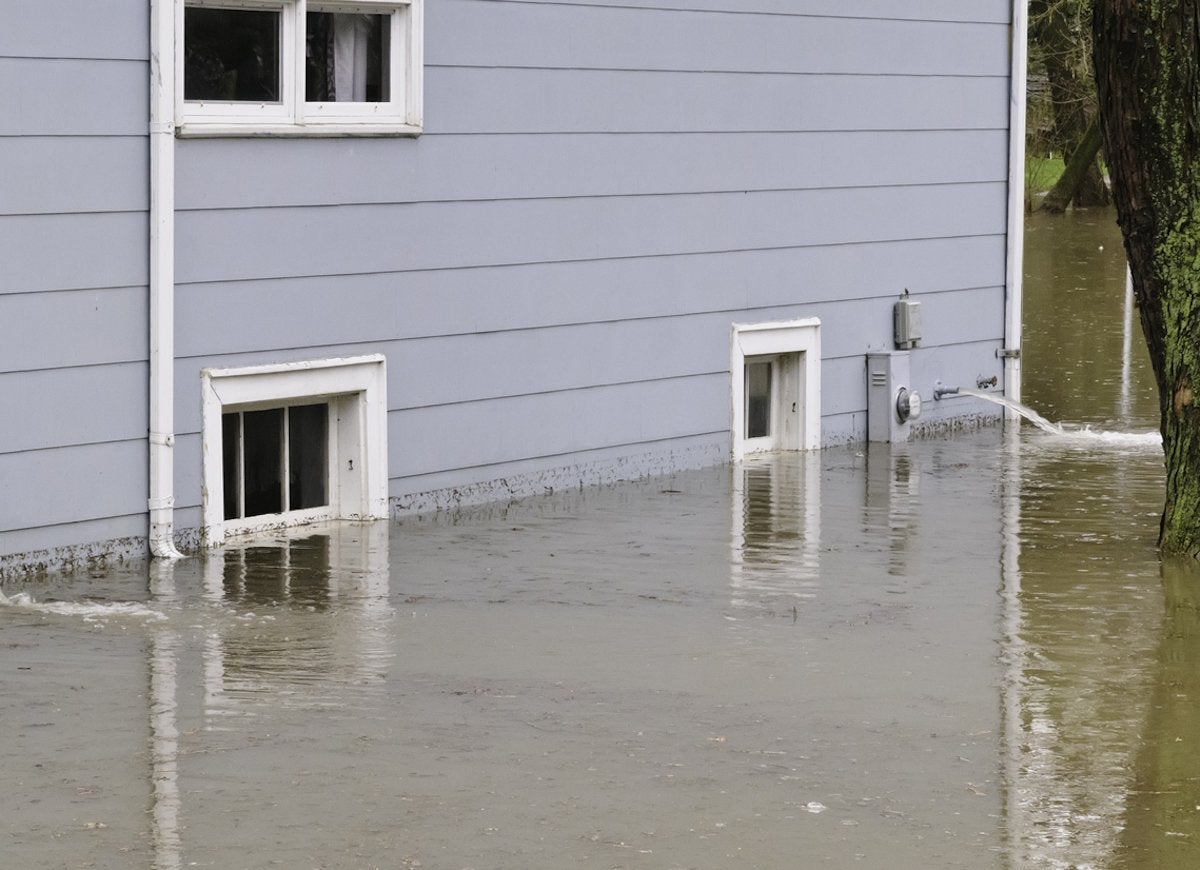
Many people believe that opening doors or windows during a hurricane—a myth frequently applied to tornadoes as well—will stabilize the air pressure between the house’s interior and exterior, thus warding off damage. But in fact, NOAA cautions that not only will this do nothing to balance air pressure, but it will also leave your home even more susceptible to flying debris and flooding,
Myth #8: It’s OK to wait and see how bad things get before evacuating.
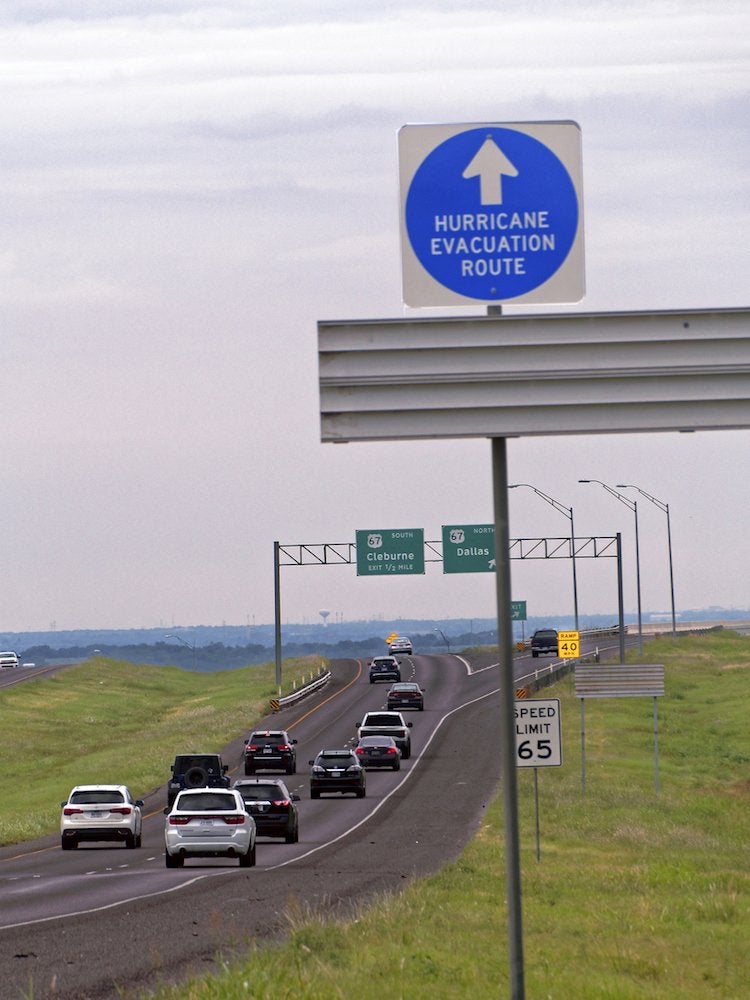
One of the most dangerous hurricane myths is that it’s fine to remain at home after an evacuation is ordered, either because you want to protect your belongings or you don’t think the storm will be that bad. Not only does this put your life and your family’s lives at risk, it also puts first responders in danger should they need to rescue you during the storm.
Pay close attention to weather reports if forecasts predict that a hurricane or tropical storm will hit your area. Prepare your home for the storm, but if ordered to evacuate, don’t wait to head out. Ready.gov, the website of the Department of Homeland Security’s Ready campaign, provides detailed guidelines on what to do before, during, and after an emergency evacuation.
Myth #9: Only windows and the roof are prone to hurricane damage.
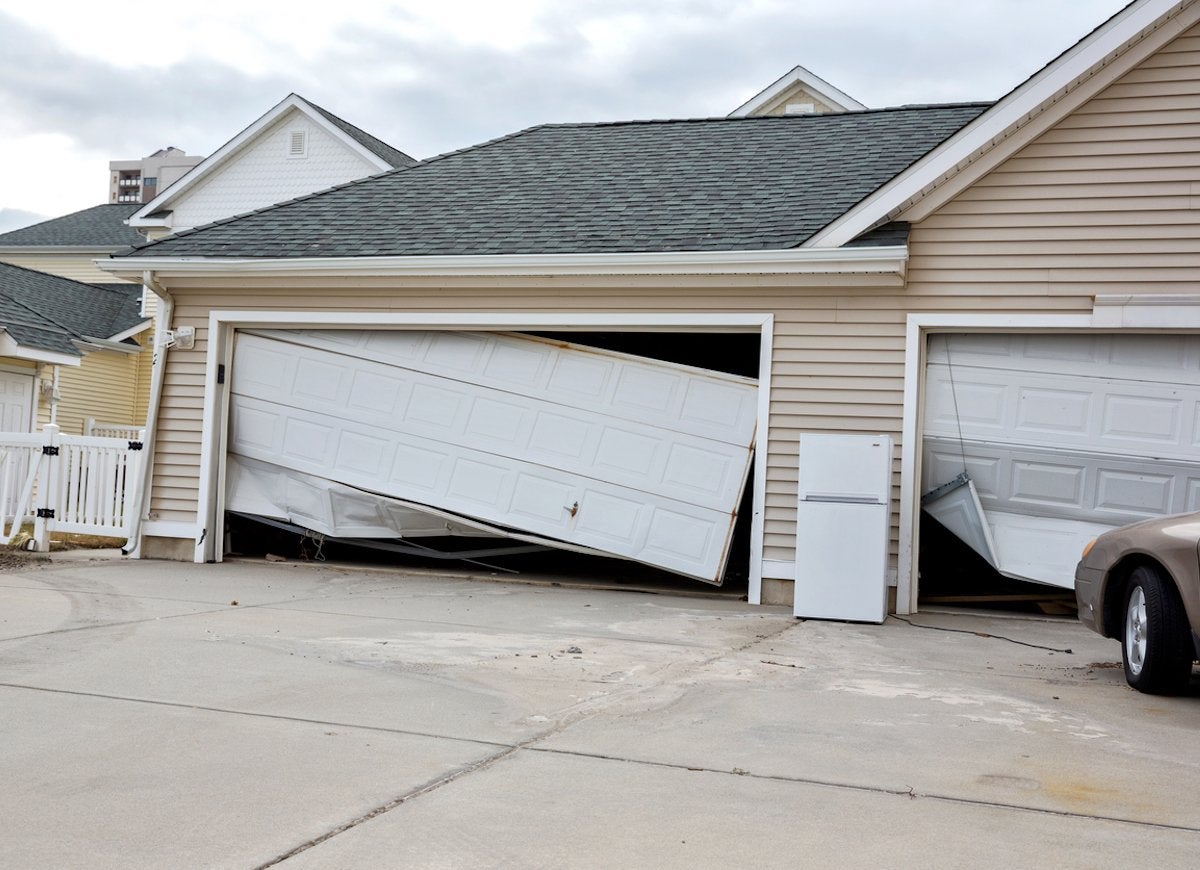
Surprisingly, one of the main sources of damage during a hurricane is the garage door. Because garage doors are large yet jointed, high winds can destabilize them, causing them to come off their tracks or collapse. Once this happens, according to the Federal Emergency Management Agency (FEMA), winds from the garage can enter your home and destroy it. In many hurricane-prone parts of the country, garage doors are required to be hurricane-proof. If yours isn’t up to snuff, you may be able to reinforce it with a garage door retrofit kit, which can be purchased at many home improvement centers in hurricane-prone areas.
Myth #10: An upper-story apartment or room is safest during a hurricane.
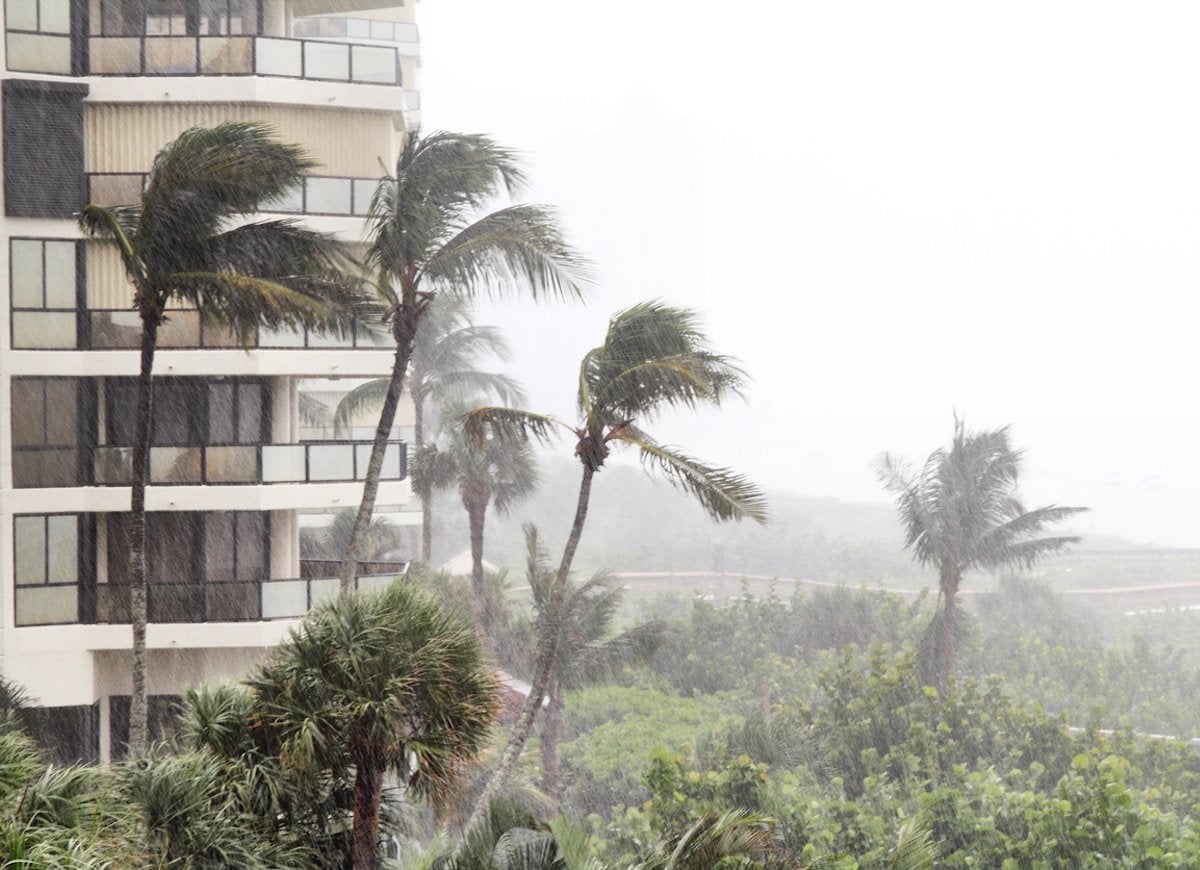
If you figure you’ll ride out the storm in your second- or third-floor apartment, or if you simply head upstairs when a hurricane strikes, you may be in for a big surprise. FEMA actually recommends sheltering on a lower level, assuming you have not been asked to evacuate. That’s because the higher you are, the higher the wind speed, making broken windows and flying debris more of a danger than on the lower floors.

All You Need to Care for Your Lawn & Garden
Keeping your grass green and your plants thriving doesn’t just take a green thumb—it starts with the right tools and supplies.